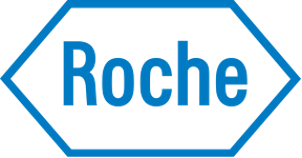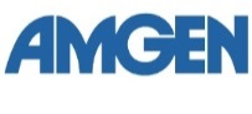Selecting the right cancer patients for immunotherapy
Immunotherapy is a novel, rapidly evolving field in oncology, with several drugs registered but also new drugs and drug combinations under development. Cancer treatments are revolutionised by these drugs due to their broad activity across a variety of different cancers, leading to remarkable and durable responses. Unfortunately, no validated tools are available to predict which patients will benefit from these expensive drugs or will experience life-threatening toxicity. Patient selection based on factors such as PD-L1 expression and somatic mutations in tumor biopsies still undervalues complexity and dynamics of immune response in which next to tumour cells also several immune cells are involved.
Modern PET technology and tracer development has made it possible to perform non-invasive whole body imaging with PET-antibody tracers. This can provide information on whole body distribution of the antibody and proofs whether the antibody does reach the presumed target. It provides insight in target expression against which the antibody is developed, quantitative uptake of the antibody in the tumor lesions and potential heterogeneity in uptake of different tumor lesions. Much knowledge was obtained is especially on radionuclide-antibody imaging in humans with the HER2 antibody trastuzumab. This showed among others that there is only limited target saturation by therapeutic doses of trastuzumab, that in around 30% of the patients with HER2-positive tumors trastuzumab was taken up by the tumor lesions, that trastuzumab-tracer tumor lesion uptake was heterogeneous.
For the antibodies that act at immune checkpoint inhibitors this molecular imaging approach is of major interest as these drugs have activity across tumour types but not all patients do respond and major side effects can occur. Therefore imaging of these immunotherapeutics with PET might potentially allow personalised immunotherapy decisions.




